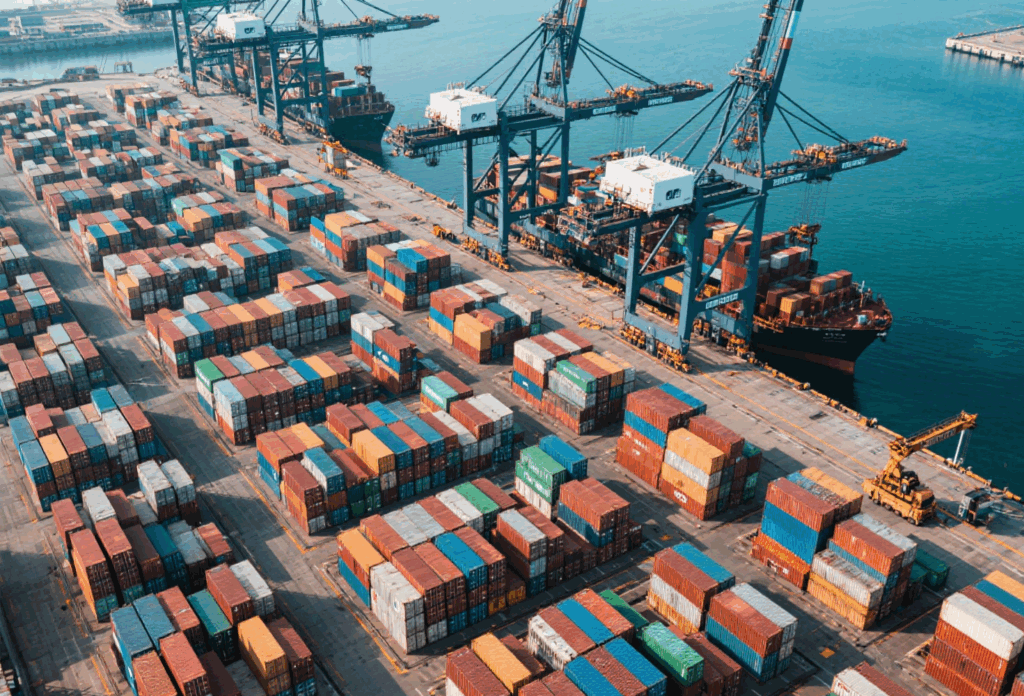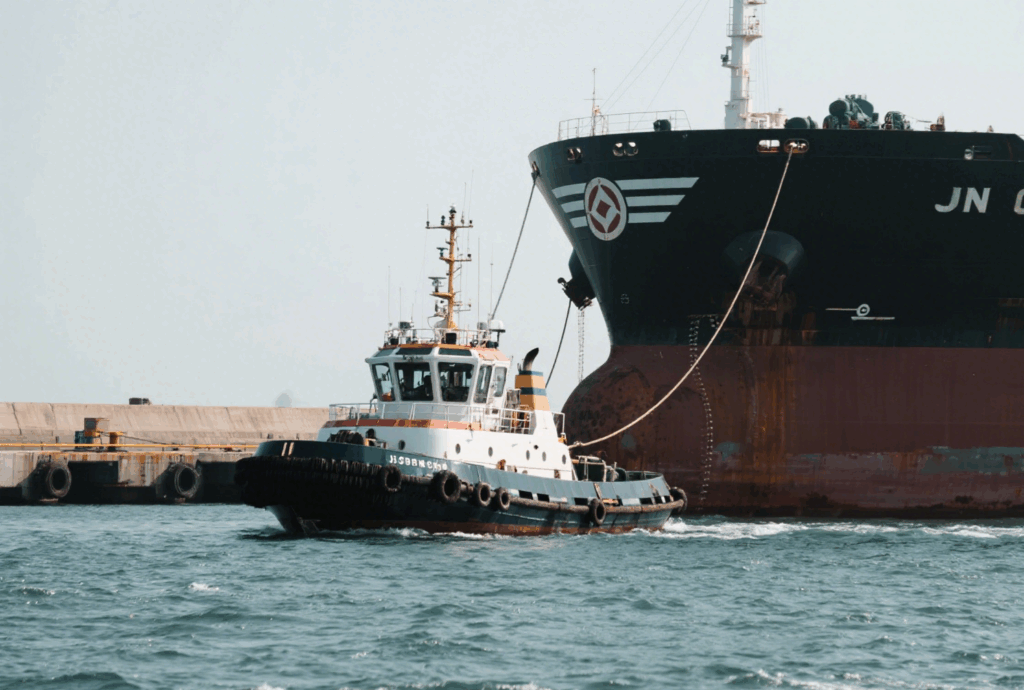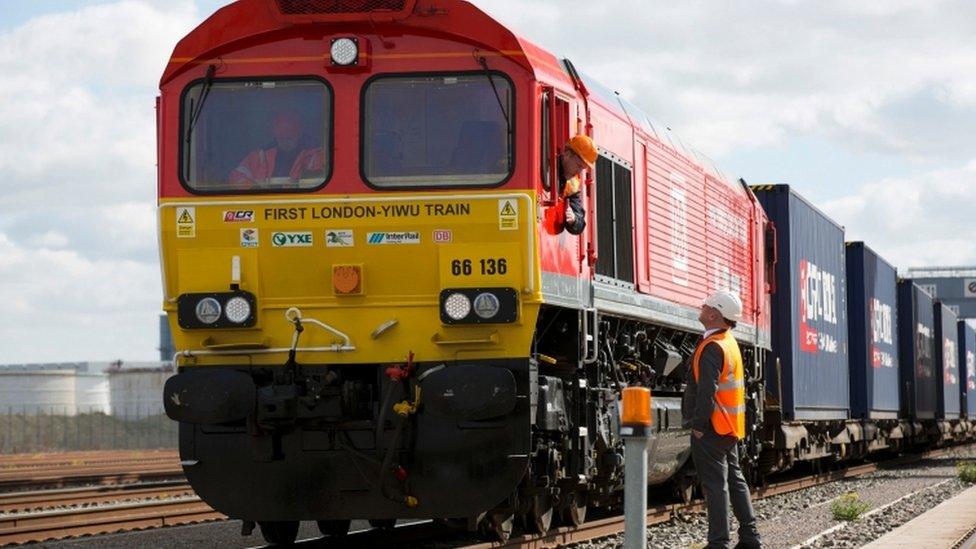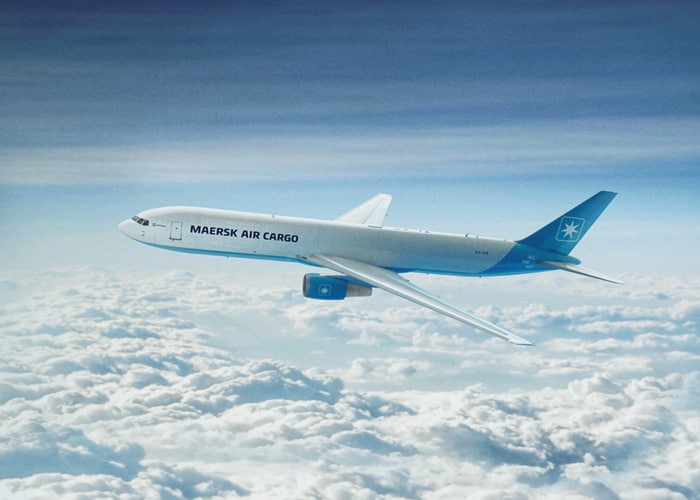- By Della tj
- September 12, 2025
- Rail Freight, Shipping
Choosing rail freight China Europe offers businesses a balance between cost and speed. Although sea freight remains the cheapest option, rail freight has grown as a reliable alternative for companies that need faster delivery but cannot afford expensive air cargo. This guide explains costs, transit times, customs, required documents, and real case studies to help you decide.
What Is Rail Freight from China to Europe?
Rail freight connects inland Chinese hubs such as Xi’an, Chengdu, and Chongqing with European destinations including Duisburg, Hamburg, Warsaw, and Milan.
- Distance covered: over 11,000 km along Eurasian railways.
- Main corridors: Northern (via Russia), Central (via Kazakhstan–Belarus–Poland), Southern (via Turkey).
- Cargo types: electronics, machinery, clothing, automotive parts, and household goods.
Moreover, the service forms part of China’s Belt and Road Initiative, linking supply chains more efficiently.
How Does Rail Compare with Sea and Air Freight?
| Method | Avg. Cost | Transit Time | Pros | Cons |
|---|---|---|---|---|
| Sea Freight (FCL) | USD 2,000–3,500/40HQ | 30–40 days | Cheapest per unit | Very slow |
| Rail Freight | USD 6,500–8,500/40HQ | 15–20 days | Mid-cost, mid-speed | Limited capacity |
| Air Freight | USD 5–7/kg | 5–8 days | Fastest | Very expensive |
Accordingly, rail freight is often described as the “middle way” between sea and air transport.
How Long Does Rail Freight Take from China to Europe?
| Origin Hub | Destination | Transit Time |
|---|---|---|
| Xi’an | Duisburg | 15–17 days |
| Chongqing | Warsaw | 16–18 days |
| Yiwu | Madrid | 18–20 days |
| Zhengzhou | Hamburg | 16–19 days |
Although delays may occur at border crossings, average transit times are consistent compared to sea freight.
What Are the Main Rail Routes from China to Europe?
- Northern Route: via Russia and Belarus, reaching northern Europe.
- Central Route: through Kazakhstan and Poland, connecting to Germany.
- Southern Route: via Turkey, extending to Italy and Spain.
In addition, each corridor offers unique advantages for different markets.
What Documents Are Needed for Rail Freight?
| Document | Purpose |
|---|---|
| Rail Waybill | Contract for carriage |
| Commercial Invoice | Declares product value |
| Packing List | Details cartons and cargo |
| Certificate of Origin | For tariffs and duties |
| Customs Declaration | Entry into EU |
| CMR Form | Road transport in Europe |
To illustrate, accurate documentation is essential to avoid customs delays at European borders.
Real Case Studies: Rail Freight China Europe
Case 1: Xi’an → Duisburg (Electronics)
- Cargo: 40HQ container of laptops
- Mode: FCL rail freight
- Cost: USD 8,200
- Transit Time: 16 days
- Outcome: Reduced delivery time compared with sea freight, protecting high-value electronics.
Case 2: Chongqing → Warsaw (Textiles)
- Cargo: 20GP container of garments
- Mode: FCL rail freight
- Cost: USD 4,600
- Transit Time: 17 days
- Outcome: Stock arrived in time for seasonal sales campaigns.
What Are the Pros and Cons of Rail Freight?
| Pros | Cons |
|---|---|
| Faster than sea freight | Costlier than sea |
| Cheaper than air freight | Limited cargo capacity |
| Direct inland connections | Dependent on political stability |
| Environmentally friendly | Requires gauge changes at borders |
Therefore, companies must weigh these factors against business needs.

How Much Does Rail Freight from China to Europe Cost?
| Cargo Type | Avg. Cost (USD) | Notes |
|---|---|---|
| 20GP Container | 4,000–5,000 | Depends on route |
| 40HQ Container | 7,000–9,000 | Most common |
| LCL (per CBM) | 180–250 | For smaller shipments |
Additionally, surcharges for fuel and handling may apply.
Why Do Companies Choose Rail Freight from China to Europe?
- Balanced cost and speed
- Avoids maritime port congestion
- Stable inland supply chains
- Reduced CO₂ emissions compared with air
Moreover, rail freight enhances flexibility when sea freight experiences disruptions.
How Do Customs and Border Procedures Work?
- China exit customs: clearance at Xi’an, Chongqing, Yiwu, etc.
- Kazakhstan entry: checks at Alashankou or Khorgos.
- Poland entry: Malaszewicze is the main EU gateway.
- Gauge change: broad-gauge to standard-gauge adds 1–2 days.
Nevertheless, experienced forwarders streamline these steps for shippers.
What Types of Cargo Are Best for Rail Freight?
Rail freight suits:
- Consumer electronics
- Fashion and textiles
- Machinery parts
- Household products
- Automotive components
However, hazardous or oversized cargo requires special arrangements.
Conclusion
In conclusion, rail freight China Europe offers a valuable balance between sea and air freight. With transit times of 15–20 days and costs lower than air cargo, it supports importers seeking efficiency. Real cases from Xi’an, Chongqing, and Yiwu highlight its reliability.
Without a doubt, partnering with an experienced freight forwarder ensures smooth customs clearance, accurate scheduling, and competitive rates. Businesses should consider rail freight as a sustainable, strategic option for cross-border supply chains.
- Consult TJ China Freight Forwarding for the lowest quote. They will provide you with reliable, cost-effective service.
FAQs
Q1.Can perishable goods move efficiently by rail freight China Europe?
Yes, refrigerated containers allow controlled temperature shipping, enabling perishable goods to reach European markets within 15–20 days.
Q2.How do Incoterms affect rail freight China Europe shipments?
FOB leaves freight booking to buyers, CIF covers transport and insurance, while DDP includes duties, taxes, and last-mile delivery.
Q3.What happens if goods miss scheduled China Europe rail freight departures?
Forwarders rebook cargo on the next train, usually within two days, or arrange express services for urgent shipments.
Q4.Do rail freight costs from China to Europe include customs duties?
No, freight charges cover transport only; customs duties, VAT, and border fees must be paid separately by importers.
Q5.How does political stability impact rail freight China Europe?
Geopolitical tensions or sanctions can disrupt northern routes, making central or southern corridors more favorable for stable operations.




